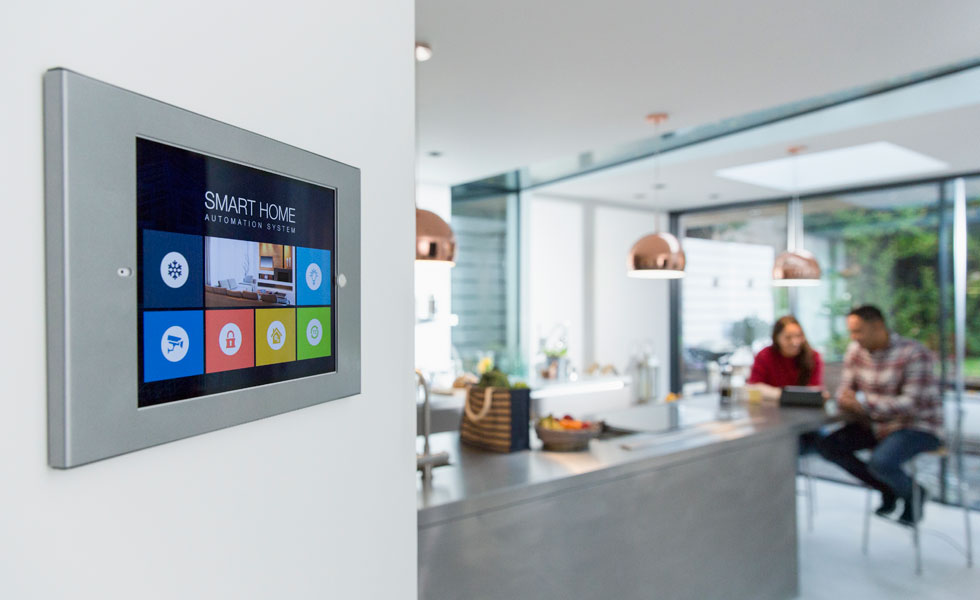In today's rapidly evolving technological landscape, securing your home or business has never been easier, thanks to the advent of smart locks. But how do you go about setting up these innovative devices? In this guide, we'll delve into how to set up smart locks effectively, ensuring your property remains safe and accessible while offering you unparalleled convenience.
Before diving into the installation process, it's essential to understand what smart locks are. These are electronic locks that connect to your home or business network, offering advanced features such as remote access, voice control, and integration with other smart devices. They not only enhance your security but also provide convenience by allowing you to monitor and control your locks from anywhere.

Choosing the Right Smart Lock
When considering how to set up smart locks, the first step is choosing the right product for your needs. There are various types of smart locks available in the market, each with unique features. Some popular options include:
- Keypad locks
- Bluetooth-enabled locks
- Wi-Fi connected locks
- Fingerprint recognition locks
It's crucial to evaluate your specific requirements, such as the level of security you need, the compatibility with your existing door hardware, and whether you prefer a lock that integrates with your current smart home ecosystem. For more insights on building a smart home ecosystem, visit GearBrain's guide.
Installing Your Smart Lock
Once you've chosen the perfect smart lock, the next step is installation. While the process can vary depending on the model, the general steps are as follows:
Step 1: Remove Your Old Lock
Begin by removing the existing lock on your door. This typically involves unscrewing the lock from the door and taking out the old deadbolt.
Step 2: Install the New Deadbolt
Most smart locks come with a compatible deadbolt. Install this by following the manufacturer's instructions. Ensure that it's aligned correctly and that the lock operates smoothly.
Step 3: Attach the Smart Lock
Next, attach the smart lock to the inside of your door. This is usually done by screwing it into place over the deadbolt. It's important to ensure that all connections are secure.
Step 4: Connect to Your Network
With the lock physically installed, the next step is to connect it to your home or business network. This often involves downloading the manufacturer's app and following the setup instructions to pair your lock with your Wi-Fi or Bluetooth.
Step 5: Configure Your Settings
Finally, configure your lock's settings according to your preferences. This might include setting up user codes, integrating with voice assistants like Alexa or Google Assistant, and customizing notification settings. For further guidance on smart home integration, check out this beginner's guide.
Ensuring Security and Maintenance
Setting up a smart lock is just the beginning. To ensure that your lock continues to function optimally, regular maintenance and security checks are vital. Here are some tips:
- Regularly update your lock's firmware to protect against security vulnerabilities.
- Periodically check the batteries and replace them as needed to ensure uninterrupted operation.
- Review access logs and user permissions to maintain control over who has access to your property.
Additionally, integrating your smart lock with other smart home security devices can further enhance your property's safety. Learn more about smart security options here.
Benefits of Smart Locks for Homeowners and Businesses
For both homeowners and businesses, smart locks offer numerous advantages beyond traditional security measures. These benefits include:
Convenience
One of the most significant benefits of smart locks is the convenience they offer. With features like remote access, you can lock or unlock your doors from anywhere, eliminating the need for physical keys.
Enhanced Security
Smart locks provide enhanced security features such as activity logs, real-time alerts, and automatic locking, which can help deter unauthorized access.
Integration with Smart Home Systems
Smart locks can seamlessly integrate with other smart home systems, allowing you to automate and control various aspects of your security setup. For more information on smart home integration, visit Security.org.

Frequently Asked Questions
1. How do I know if a smart lock is compatible with my door?
Most smart locks are designed to fit standard doors. However, it's essential to check the manufacturer's specifications regarding door thickness and lock dimensions to ensure compatibility.
2. Can I install a smart lock myself, or do I need a professional?
Many smart locks are designed for easy DIY installation with detailed instructions provided by the manufacturer. However, if you're not comfortable with the process, hiring a professional can ensure proper installation.
3. What happens if my smart lock's battery dies?
Most smart locks have a backup solution for dead batteries, such as a keyhole for manual entry or a power terminal for temporary charging. It's advisable to regularly check your lock's battery status to avoid this situation.

